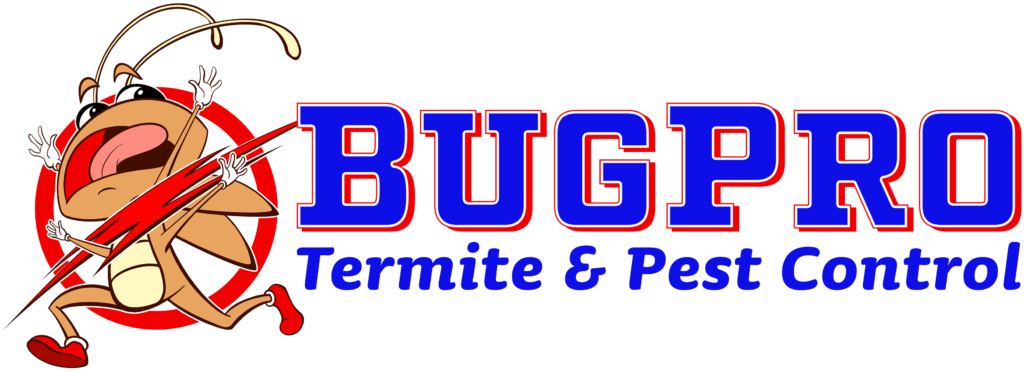
Termites are among the most fascinating yet destructive insects worldwide. Their complex social structures and reproductive strategies have enabled them to thrive in various environments, often to the detriment of human-made structures. Among the different termite species, drywood and subterranean termites are the most commonly encountered types. A crucial aspect of their social hierarchy involves not just the primary reproductive pair—the king and queen—but also secondary reproductives. These secondary reproductives play a vital role in the colony’s survival and expansion. Let’s delve into the world of these secondary players and how they contribute to both drywood and subterranean termite colonies.
Secondary reproductives, also known as supplementary reproductives, are termites that take on reproductive roles within a colony in addition to or in replacement of the primary king and queen. They are typically called into action when the primary reproductives are dead, incapacitated or when the colony expands and requires additional reproductive capacity. Unlike primary reproductives, secondary reproductives usually do not leave the nest to found new colonies but fulfill essential roles within the existing colony.
Drywood termites (family Kalotermitidae) are so named because they live in and feed on dry wood, without requiring contact with soil.
In drywood termite colonies, secondary reproductives emerge from nymphs that fail to become workers or soldiers. As the primary queen ages or becomes unable to reproduce effectively, these nymphs mature into secondary reproductives. These termites typically retain some juvenile features and do not have wings.
Secondary reproductives in a drywood termite colony can lay eggs to supplement or replace the egg-laying capacity of the primary queen. This ability ensures that the colony continues to grow and thrive, even if the primary queen’s reproductive capacity diminishes. Secondary reproductives are usually found in physically separate chambers within the same piece of wood, facilitating a steady supply of new termites to various sections of the colony.
Subterranean termites (family Rhinotermitidae) are another common type that lives in soil and builds extensive tunnel systems to access wood and other cellulose materials.
In subterranean termite colonies, secondary reproductives, also known as neotenic reproductives, emerge from nymphs or workers in response to a loss or decline in the primary queen’s reproductive output. These secondary reproductives can be either brachypterous (with short wings) or apterous (without wings).
Secondary reproductives in subterranean termite colonies perform a vital function by ensuring that the colony can replace lost or aged primary reproductive individuals. When stressors such as loss of the queen or environmental pressures arise, these secondary reproductives kick into action, laying enough eggs to maintain or even expand the colony. Given the subterranean termite’s extensive foraging and nesting systems, having multiple reproductive nodes can lead to more robust and resilient colonies.
Understanding the role of secondary reproductives sheds light on why termite colonies are so persistent and challenging to eliminate. Both drywood and subterranean termites use these secondary players as a sort of “insurance policy” to maintain colony vitality.
1. Resilience: Secondary reproductives make termite colonies highly resilient. Even if the primary queen dies, the colony can continue to proliferate.
2. Colony Expansion: They enable the formation of new satellite colonies without the need for swarming, which is particularly crucial for subterranean termite colonies that can stretch across vast areas.
3. Adaptability: The ability to generate secondary reproductives allows both drywood and subterranean termites to adapt quickly to threats or environmental changes, making them extraordinarily difficult to control.
Secondary reproductives are minor yet mighty players in the intricate social web of termite colonies. Both drywood and subterranean termites harness these supplementary agents to ensure their colonies not only survive but thrive even under adverse conditions.